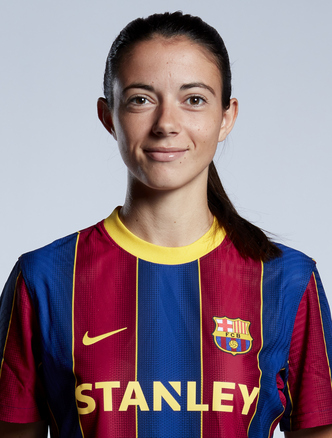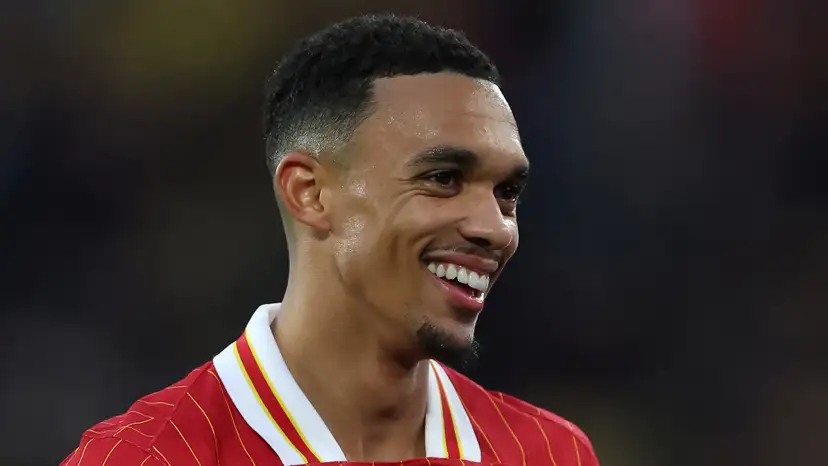Find Out The Role that Data Analytics Plays in Scouting
Aesthetics Meets Data

Scouting used to be about instinct, a sharp eye, a notebook, and a gut feeling. Today, it’s about spreadsheets, metrics, and models. Football hasn’t lost its romance, but it’s become smarter. Clubs now use analytics to spot what the eye might miss in efficiency, consistency, and potential.
Almost every club has adopted some form of data-driven scouting. Brighton and Brentford built entire operations around it, uncovering talents that richer clubs overlooked. Even the giants have evolved, Manchester City tracks every player’s workload, positioning, and decision patterns years before a signing happens.
The most striking part? Some of it started in places fans wouldn’t expect. Football Manager’s database, once just a game, is becoming a genuine scouting reference. Roberto Firmino, for instance, was first flagged by Hoffenheim analysts after being spotted through Football Manager’s data pool before real-world scouting confirmed it. It’s proof that football’s future isn’t guesswork anymore, it’s now information.
Not long ago, a scout’s report depended on what they saw with their own eyes. They’d travel across continents, watch games live, and trust instinct. Some still do, but now they have a new ally, data. Every touch, run, and pass is logged and analyzed across thousands of matches, giving scouts a level of insight that simply didn’t exist before.
Clubs now rely on tools like Wyscout, InStat, and StatsBomb to find patterns, who breaks lines, who presses effectively, who creates high-quality chances rather than just goals. That’s how Liverpool’s recruitment team picked out Mohamed Salah from Roma, not just for his finishing, but for his movement, his xG buildup involvement, and consistency. Brighton found Kaoru Mitoma the same way not through hype, but through metrics that showed his one-on-one success rate and decision-making efficiency. Analytics doesn’t replace judgment, it rather sharpens it. The best scouts still trust what they see, but they start with what the numbers reveal.
For smaller clubs, data isn’t a luxury,it’s a lifeline. When you can’t outspend, you outsmart. Brighton and Brentford are perfect examples of how analytics can close the financial gap. Their entire transfer models revolve around spotting what others overlook: undervalued leagues, untapped attributes, and players whose statistical profiles hint at future success.
Brighton’s recruitment of Moisés Caicedo and Alexis Mac Allister wasn’t luck. Their data team tracked both players’ pressing intensity, passing progression, and recovery metrics long before they became headline names. Brentford did the same with Ivan Toney, whose numbers in the lower leagues reflected elite-level movement and conversion rates. For these clubs, analytics isn’t just support, it’s their scouting department’s foundation. Data lets them buy before the market wakes up. And when it finally does, they’re already selling at a profit.
Modern scouting data isn’t just about counting goals or assists, it’s about understanding why they happen. Clubs now analyze expected goals (xG), chance creation, progressive passes, defensive duels, and even sprint frequency to judge whether a player’s style fits their system.
These numbers help predict how a player might adapt to a tougher league or a faster game. For example, a midfielder in Portugal with high pressures-per-90 and successful progressive carries might project well into the Premier League, where transitions are constant. A winger with strong decision-making metrics, fewer wasted touches and better xA than expected signals intelligence, not just flair. Using data narrows the risk. It might not guarantee success, but it’ll give clarity, the difference between buying what looks good and buying what actually works.
For all the numbers and models, football scouting still comes down to people, the eye test as it’s called. Data might flag a player, but scouts decide if he fits the culture, the dressing room, and the moment. You can measure sprint speed, but not how someone reacts after a mistake. You can quantify chance creation, but not leadership.
The smartest clubs have learned that balance. They use analytics to filter thousands of names, then rely on live scouting to judge character, mentality, and adaptability.
Liverpool, for instance, never sign without extensive personality checks. Juni Calafat, Real Madrid’s chief scout is also known for trusting instinct just as much as analytics, the man behind the signings of Vinícius Júnior and Rodrygo, Madrid’s data flags potential, but Calafat’s conviction seals it. He travels, watches, and reads players beyond the metrics, how they carry themselves, how they handle pressure, how they respond to setbacks. Data finds the options, but the eye confirms the choice. That’s why recruitment isn’t just about efficiency, it’s about chemistry. The numbers can open the door, but someone still has to walk through it.
The next stage of scouting will be prediction. AI models are already being trained to simulate how players might perform in specific systems before they even sign. Clubs can now see how a midfielder’s tempo suits different tactical shapes, or how a defender’s positioning holds up against various styles of attack.
Some teams are already there, Manchester City’s analytics team use predictive modeling to guide recruitment and training load. Brentford and Brighton apply similar simulations to forecast how players will adapt to new leagues. The gap between scouting, coaching, and performance is getting smaller. Soon, clubs won’t just find talent, they’ll project success with near accuracy. The human eye will still matter, but data will lead the way.
Data hasn’t replaced football’s soul, it has refined its decisions. The clubs that understand that balance between numbers and instinct, graphs and gut are the ones moving ahead. Modern scouting isn’t about guessing anymore. It’s about using every tool available to find the players who truly fit a club’s model, their values and their style. The game still belongs to those who see talent only now, they see it with clearer, analytical eyes.







